While Egypt is home to the largest and most famous pyramids in the world, Sudan holds the record for the largest collection of these magnificent ancient architectural structures. Often perceived as a war-torn nation plagued by internal conflict and disease, this North African country holds a wealth of fascinating treasures for culture and history enthusiasts, with a rich archaeological heritage long overlooked in remote conflict-ridden areas.
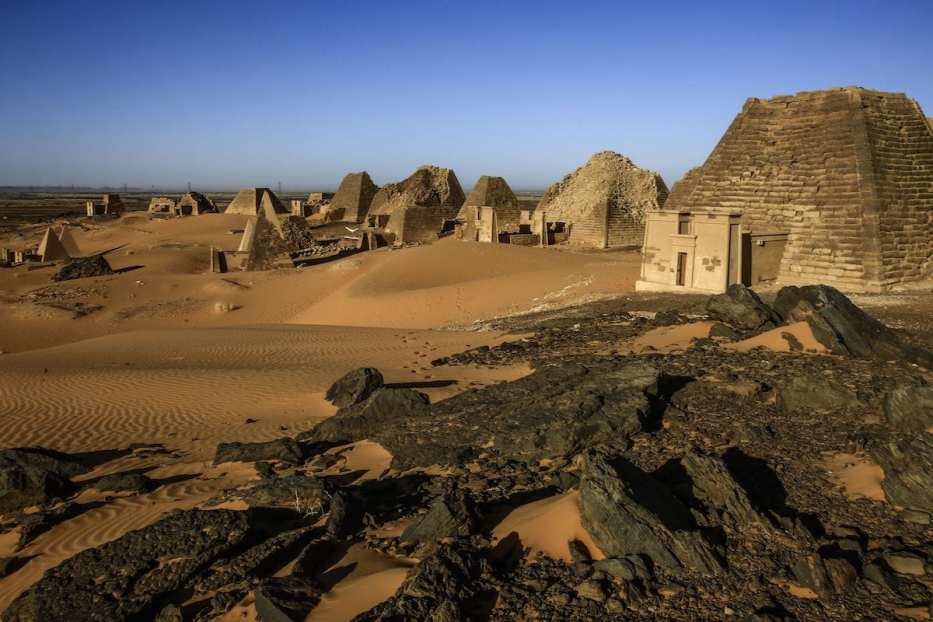
Topping the list is the Meroe Pyramids. Built in Nubia, one of Africa’s earliest civilizations, these pyramids represent the final resting place for the last dynasty of black Pharaohs in the ancient capital of Meroe of the Kushite Empire. A day trip from Sudan’s capital, Khartoum, about 240 km to the north, will lead you to a desert strip where the ancient pyramids stand out faintly before you like a mirage.
![A visitor walks past pyramids in the cemetary of Meroe north of Khartoum, Sudan [EBRAHIM HAMID/AFP via Getty Images]](https://artarch.dalatcamping.net/wp-content/uploads/2024/05/GettyImages-187657417.jpg)
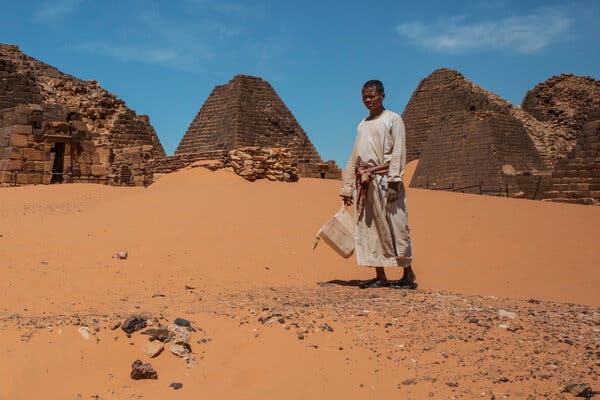
With over 200 pyramids scattered across three sites, built as royal tombs for approximately 40 kings and queens who ruled the Nubian Kingdom of Kush along the Nile River for over 1,000 years during the Meroitic Period until its collapse in 350 AD. Some of the wealthiest nobles of Meroe and Napata were also buried there. Constructed of granite and sandstone in the Nubian style, the Meroe Pyramids are marked by small bases and steep slopes ranging from 6 to 30 meters high, contrasting with the colossal Giza Pyramids of Egypt, the tallest of which stands at 139 meters.
![A bas-relief of the pyramids at the Meroe archaeological site [GIANLUIGI GUERCIA/AFP via Getty Images]](https://artarch.dalatcamping.net/wp-content/uploads/2024/05/GettyImages-160635495.jpg)
However, compared to the approximately 10 million tourists who visited the Egyptian pyramids in 2018, around 700,000 tourists visited the Sudanese Nubian pyramids. Owning its UNESCO World Heritage Site recognition without the need to queue or navigate through tourist crowds makes the scorching journey into Sudan’s desert well worth it.
![The he Royal pyramids, (500 km) north of Khartoum, Sudan, built in Nubia about 800 years after the last Egyptian pyramid was built [KHALED DESOUKI/AFP via Getty Images]](https://artarch.dalatcamping.net/wp-content/uploads/2024/05/GettyImages-73520516.jpg)
Not to mention the route to the pyramids, where scattered ancient villages provide glimpses into the traditional lifestyle of the warm and friendly locals in Sudan.
Many friendly locals offer camel riding services around the pyramids for a small fee. Additionally, you can hike, so be sure to wear comfortable shoes and bring water. No guards are needed; tourists can freely enter many pyramids, where intricate paintings and illustrations adorn the walls inside, piecing together highlights of the reigns of deceased kings.
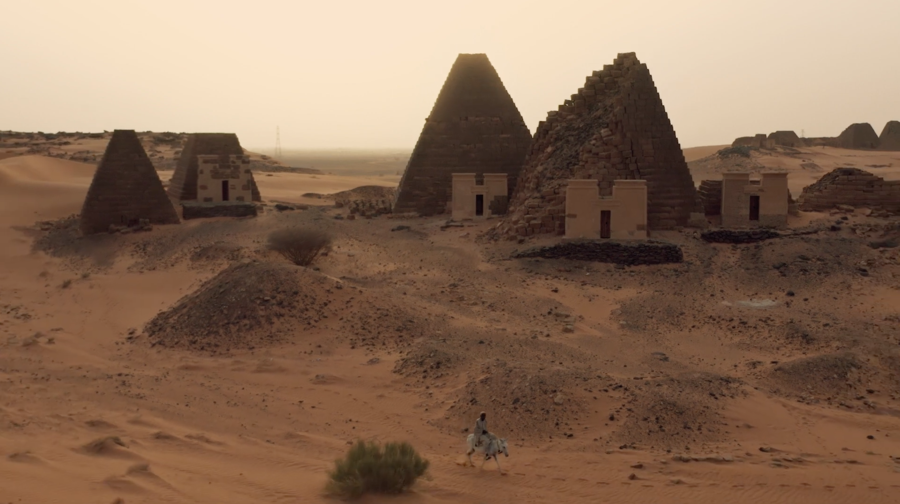
Many artifacts have been discovered inside the tombs over time, including pottery, colored glass, and arrowheads. Italian explorer Giuseppe Ferlini detonated some of the pyramids during the treasure hunt in the 1800s, causing many tombs to lose their pointed tops.
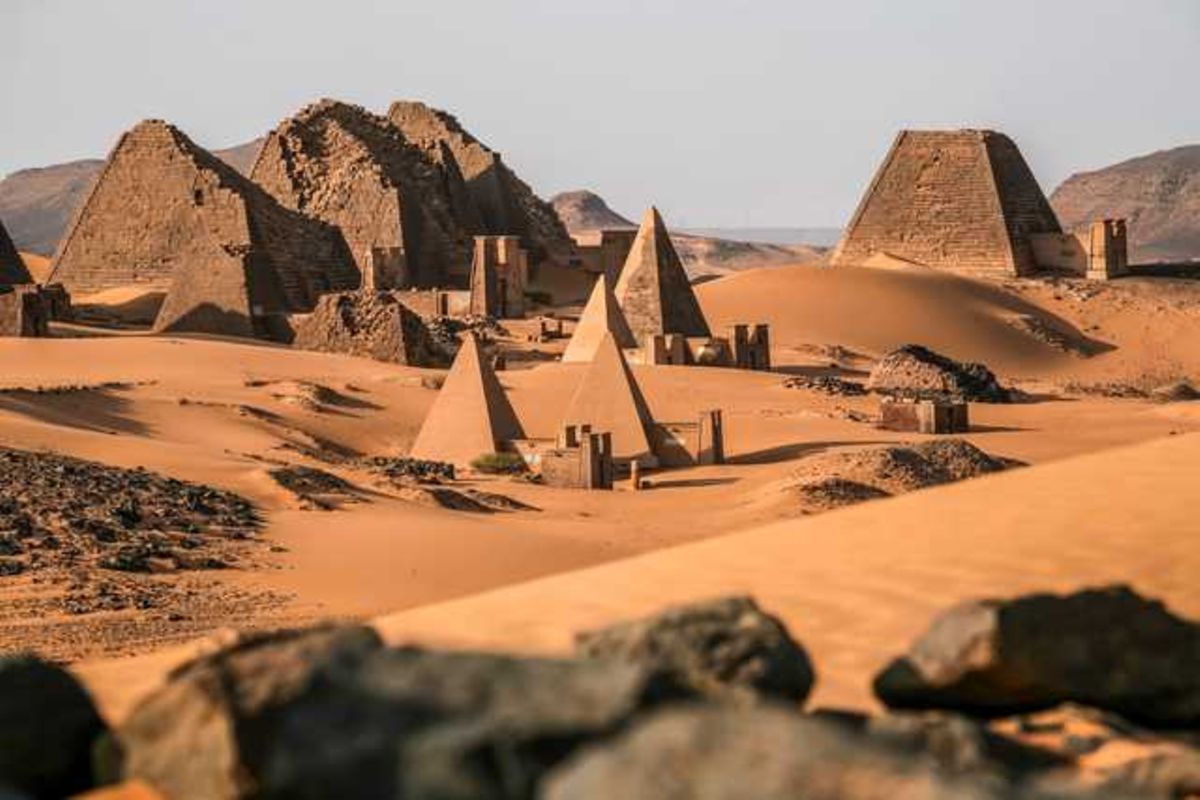
Enduring the challenges of time and destruction, the pyramids are particularly magical at sunrise and sunset. And if you’re brave enough, you can camp overnight and gaze at the stars in the pure darkness of the desert. As a burial site, the Meroe Pyramids are a spectacular historical monument of an ancient civilization and are sure to create a remarkable spectacle.
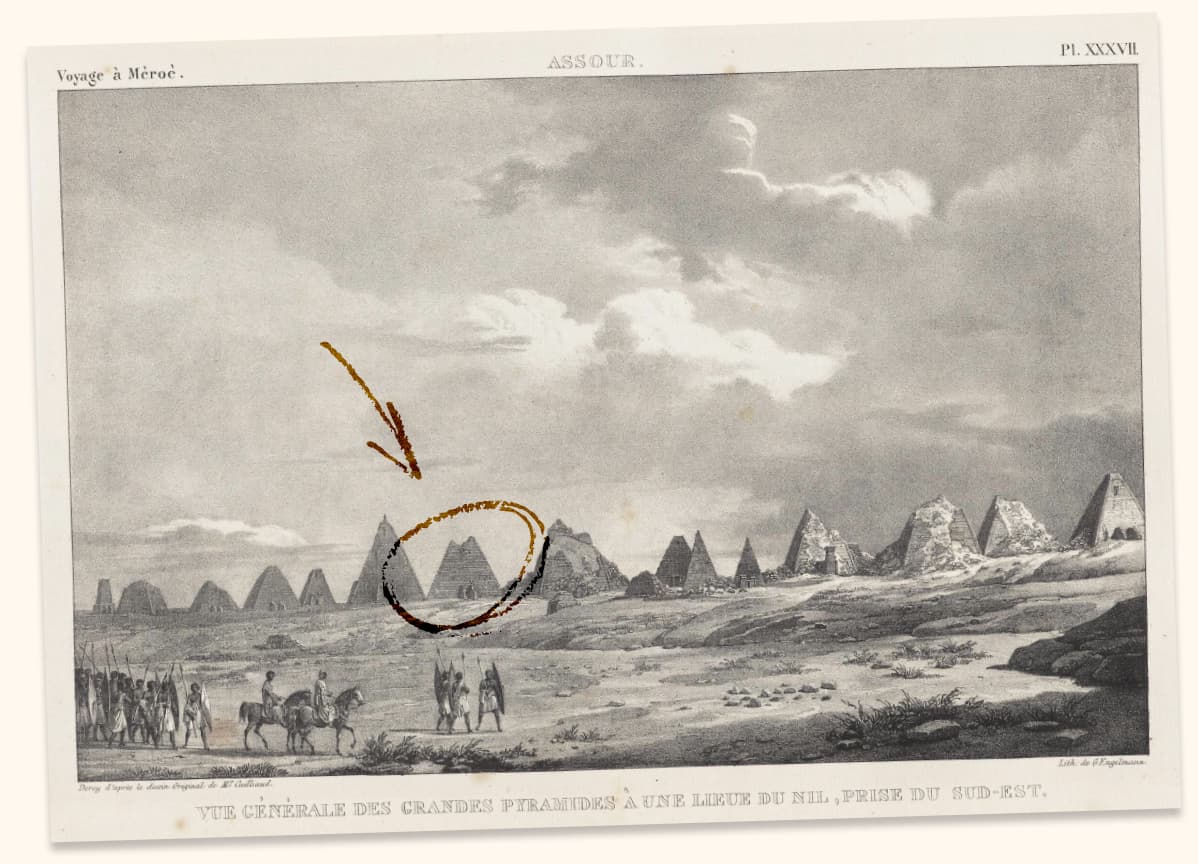
Check out our other destinations to learn more about the heritage and culture of the Middle East and North Africa.
